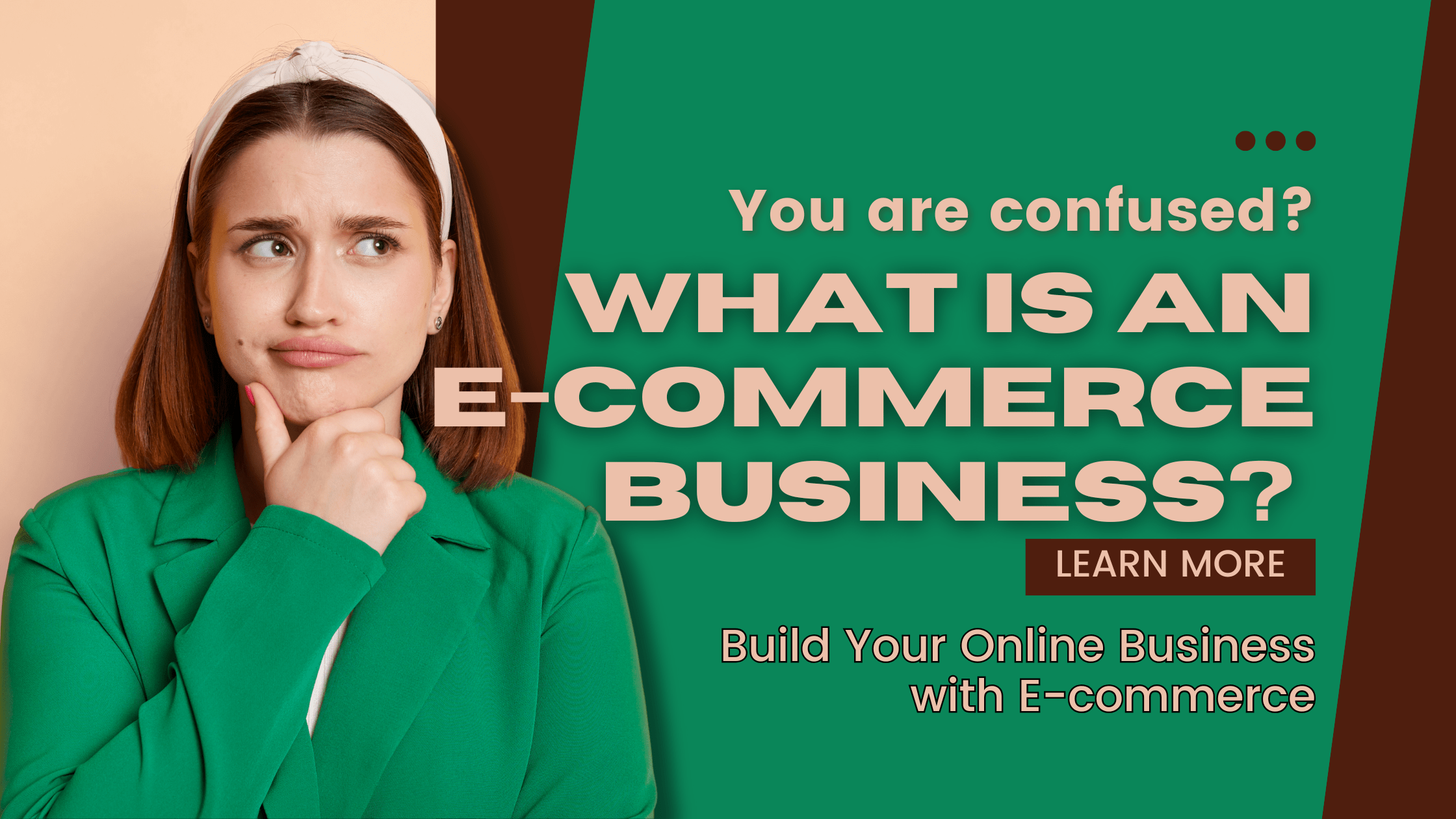
In today’s fast-paced digital world, starting an E-commerce Business is one of the most effective ways to reach customers, generate sales, and grow a brand. Whether you’re an aspiring entrepreneur, a small business owner, or someone looking to earn online, understanding what an E commerce Business is—and how to build one—is your first step toward success.
What is an E-commerce Business?
An e commerce business is a company or individual that sells goods and services online. These businesses operate through digital platforms where consumers can browse products, make purchases, and often receive digital or physical deliveries. This model eliminates the need for a physical storefront, making it easier and more cost-effective to get started.
E-commerce covers various types of commercial transactions:
- B2C (Business-to-Consumer): Like Amazon or Flipkart.
- B2B (Business-to-Business): Like Alibaba or bulk wholesalers.
- C2C (Consumer-to-Consumer): Like eBay or Etsy.
- D2C (Direct-to-Consumer): Where brands sell directly without intermediaries.
The beauty of an E commerce Business lies in its scalability, flexibility, and global reach. You can run it from anywhere, and your store is open 24/7.
Why Start an E-commerce ?
There are many advantages to launching an e-commerce Business, such as:
1. Low Startup Costs
You don’t need to rent a store, hire a large staff, or maintain inventory (if you choose dropshipping). Platforms like Shopify, WooCommerce, and Wix make it easy to start with minimal investment.
2. Global Reach
Unlike physical stores, your e-commerce can reach customers across the globe. This opens up endless growth opportunities.
3. Automation and Analytics
You can automate sales, customer service, and marketing. Tools like Google Analytics and Meta Ads Manager provide you with deep insights into your customer behavior, helping you refine your strategy.
4. Work-Life Flexibility
Many entrepreneurs love the freedom of running an online store from their laptops, traveling, or working from home while managing their business.
Steps to Start Your E-commerce Business
Starting your e-commerce involves planning, platform selection, marketing, and more. Here’s a roadmap:
Step 1: Choose a Niche
Pick a product category that interests you and has market demand. Use tools like Google Trends, SEMrush, or Ubersuggest to research your niche.
Step 2: Conduct Market Research
Understand your competitors, pricing strategies, and customer preferences. Analyze what’s working and find opportunities to stand out.
Step 3: Choose an E-commerce Business Platform
Some popular platforms include:
- Shopify: All-in-one solution.
- WooCommerce: Best for WordPress users.
- BigCommerce: For scaling larger stores.
- Magento: Enterprise-level flexibility.
Each platform allows you to customize your storefront, manage products, track orders, and collect payments.
Step 4: Create Your Online Store
Design your store with user experience in mind. Key pages to include:
- Homepage
- Product pages with descriptions and images
- Cart and checkout
- About Us and Contact pages
- Return and shipping policy
Step 5: Set Up Payment Gateways
Integrate secure payment options, such as Stripe, PayPal, Razorpay, or Square, to handle transactions.
Step 6: Add Products
Write SEO-friendly product titles and descriptions. Use high-quality images, highlight key features, and include customer reviews to establish credibility.
How to Grow Your E-commerce Business
Once your e-commerce is live, the next step is to grow your customer base and increase revenue.
1. Search Engine Optimization (SEO)
Optimize your website with keywords, meta tags, alt-text on images, and internal linking. A blog section also helps drive organic traffic.
2. SMM (SOCIAL MEDIA MARKETING)
Leverage platforms like Instagram, Facebook, and TikTok. Showcase your products, run promotions, and interact with customers to build loyalty.
3. Email Marketing
Collect emails through lead magnets or pop-ups and send newsletters, special offers, or abandoned cart reminders.
4. Paid Ads
Use Google Ads, Facebook Ads, or Instagram Ads to target specific demographics. Retarget past visitors with personalized offers.
5. Customer Service
Offer fast responses, easy returns, and real-time support. A happy customer is a returning customer.
Trends in E-commerce Business
The Ecommerce Business space is evolving rapidly. Keeping up with trends provides your store with a competitive advantage.
- Mobile Commerce: Ensure your website is mobile-friendly.
- Voice Search Optimization: Adapt content for voice queries.
- AI Chatbots: Provide 24/7 customer support.
- Sustainability: Eco-conscious packaging and practices attract modern buyers.
- Subscription Models: Monthly product boxes create steady revenue.
Challenges of Running an E-commerce Business
While lucrative, an e-commerce also has its hurdles:
- High competition
- Order fulfillment and logistics
- Managing returns
- Cybersecurity risks
- Keeping up with algorithms and SEO updates
With the right tools and mindset, these challenges are manageable and often part of the learning curve.
Final Thoughts
An e-commerce offers unmatched opportunities for anyone willing to learn and adapt. Whether you’re selling handmade crafts, digital courses, or imported gadgets, the internet gives you access to a vast marketplace. Starting and scaling your own e-commerce business requires effort, patience, and smart marketing, but the potential payoff is significant.
If you’re considering starting your online store, now is the perfect time to do it. Pick your niche, research your market, and get started. Your digital storefront could be the gateway to financial freedom.
If you want to apply now, e-commerce-marketing-course-in-jaipur


